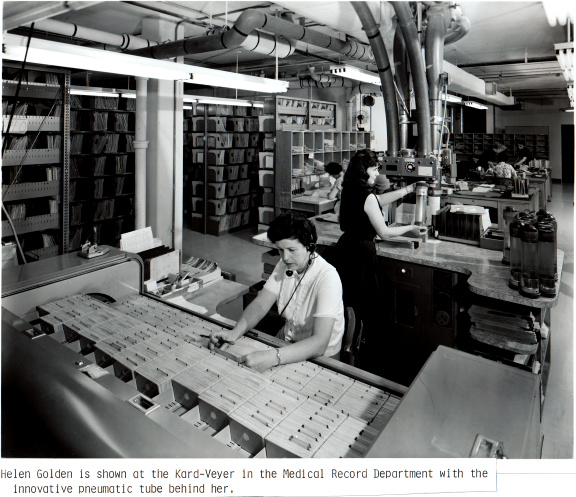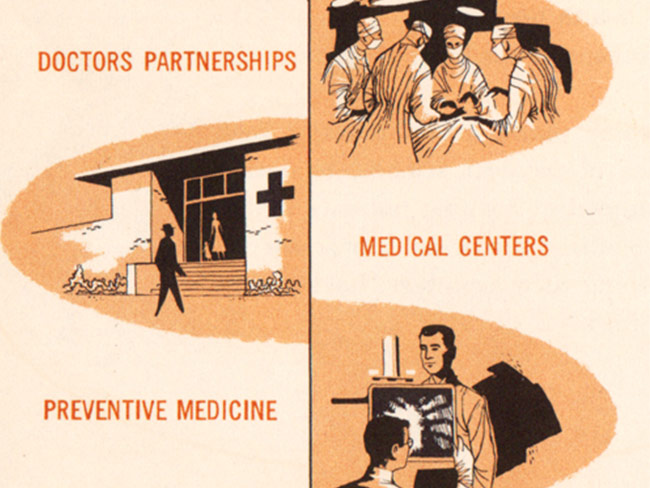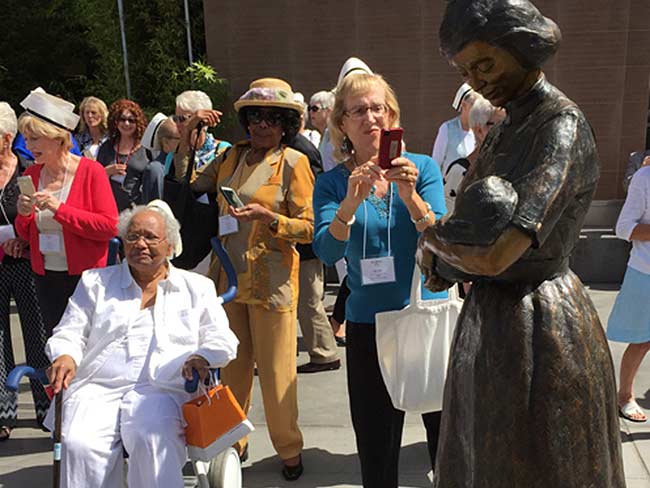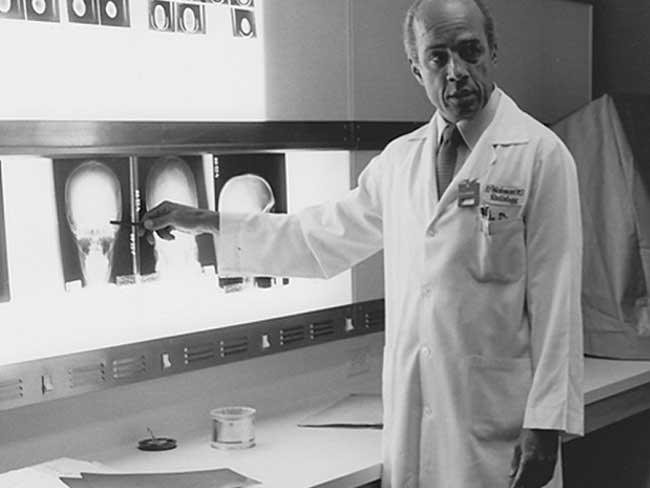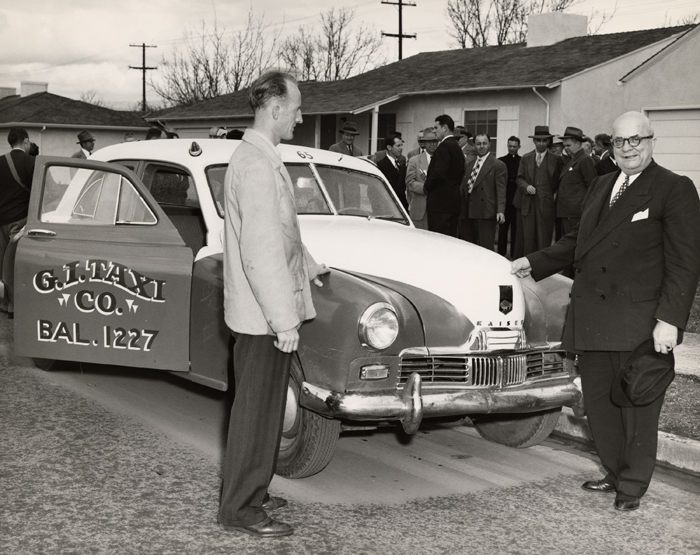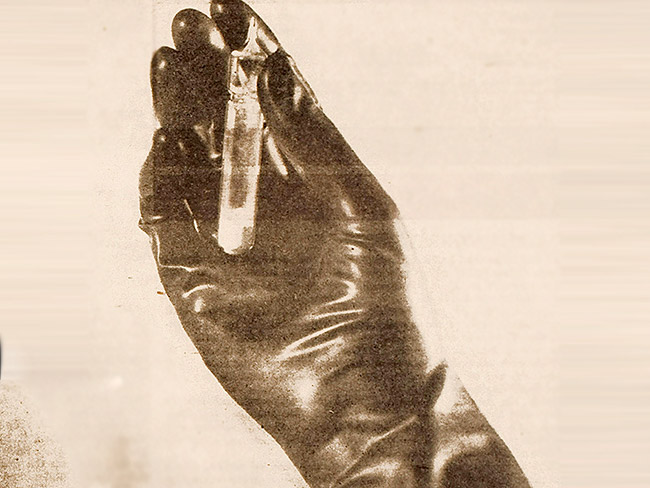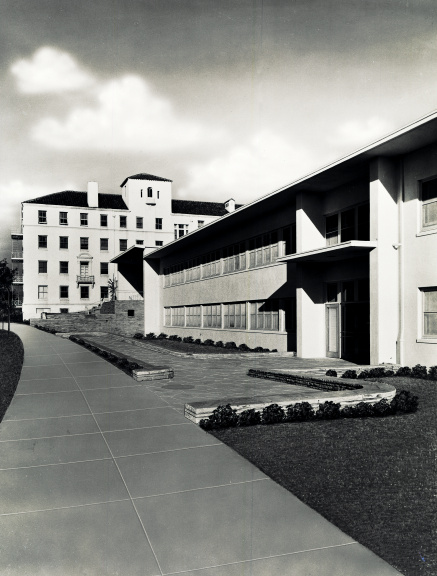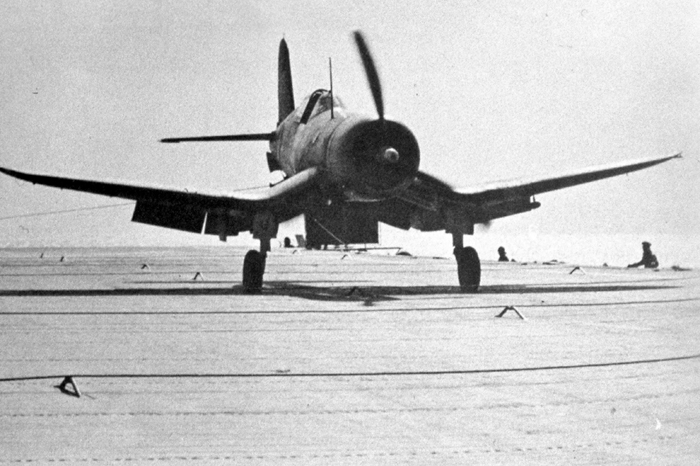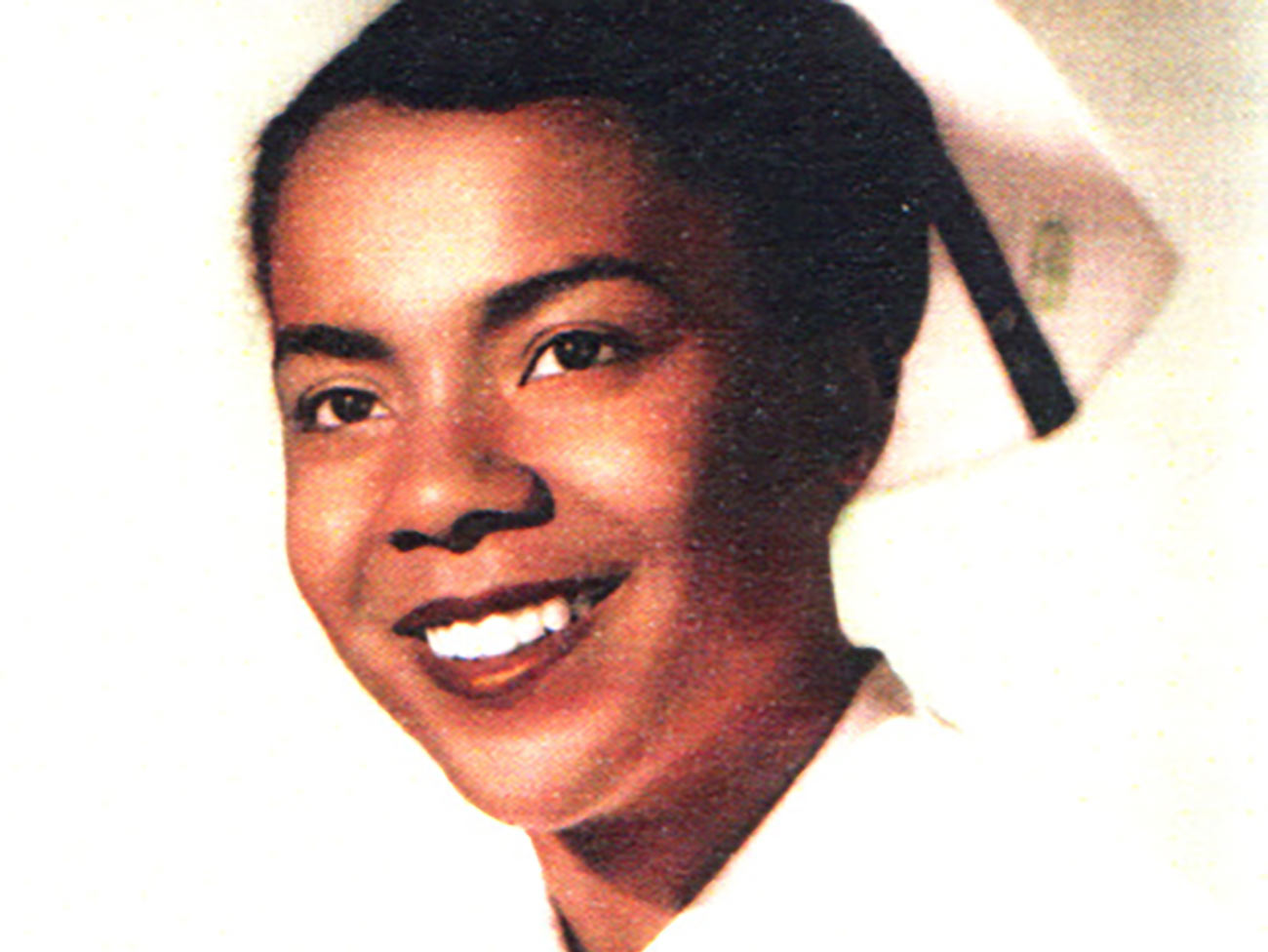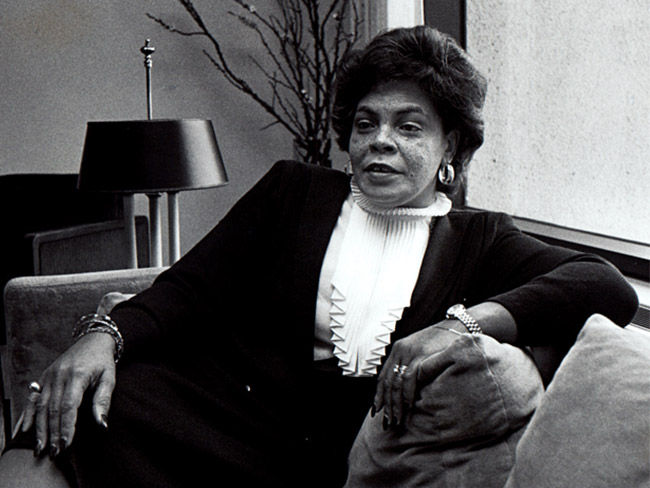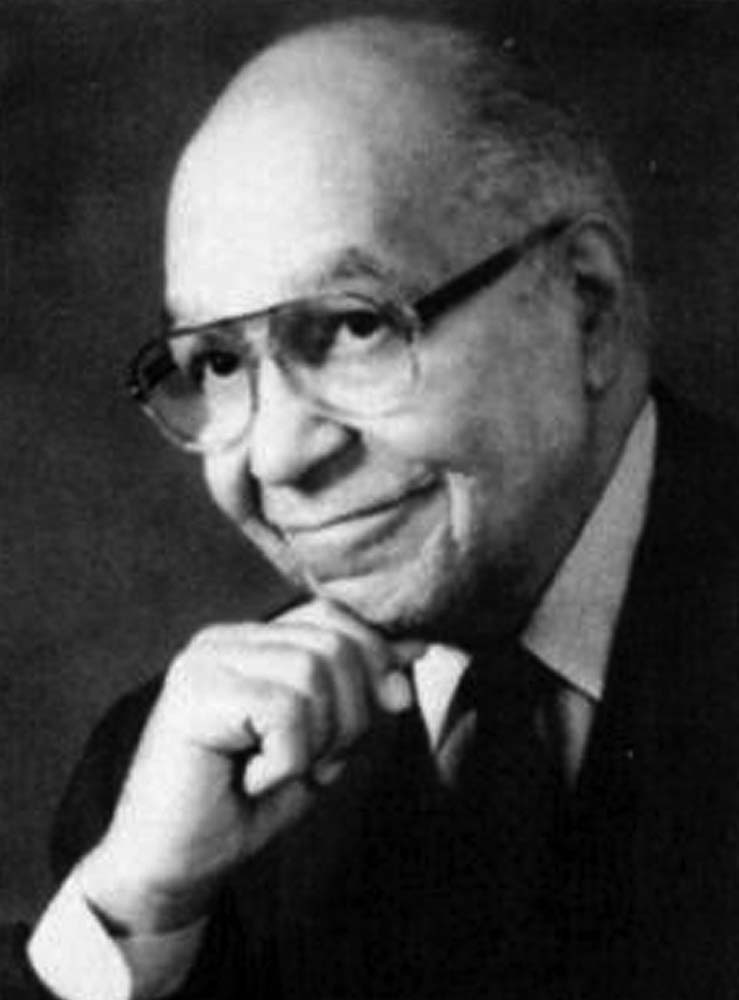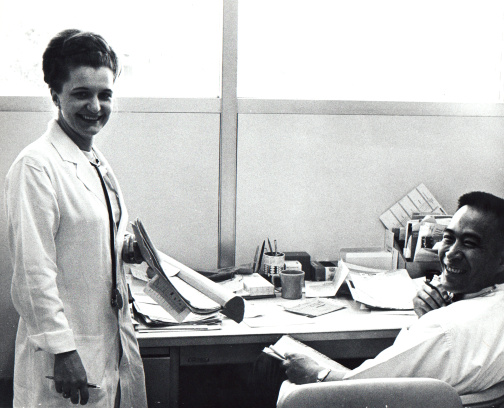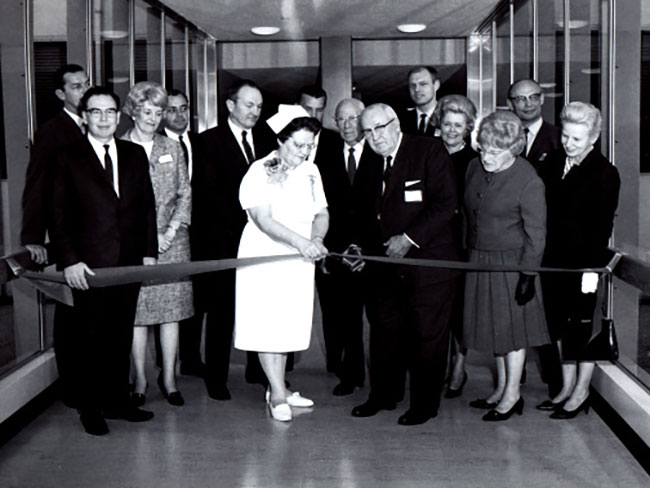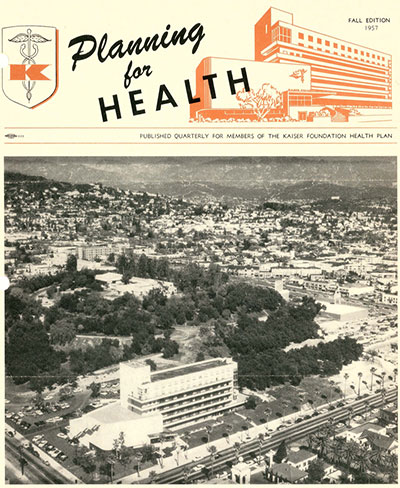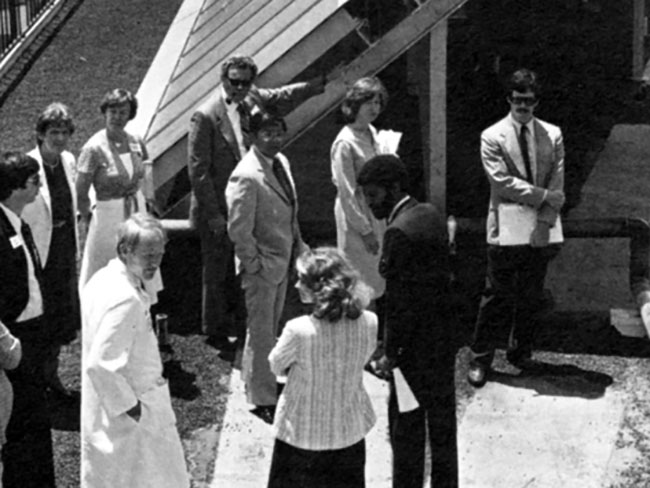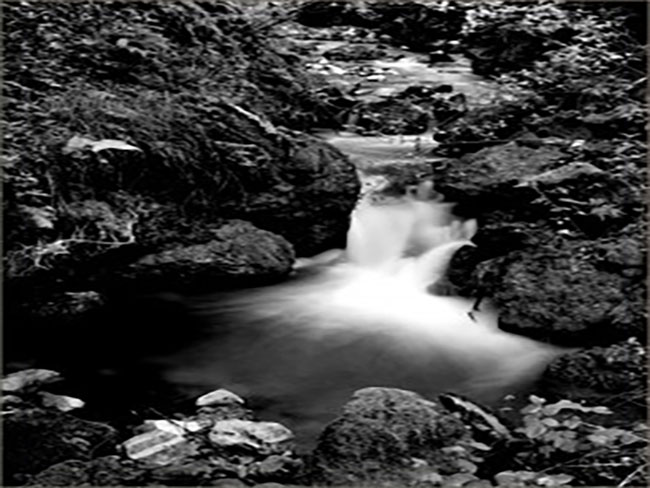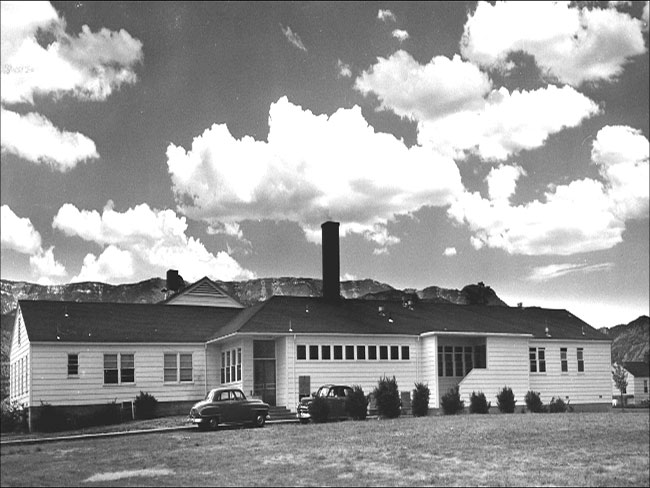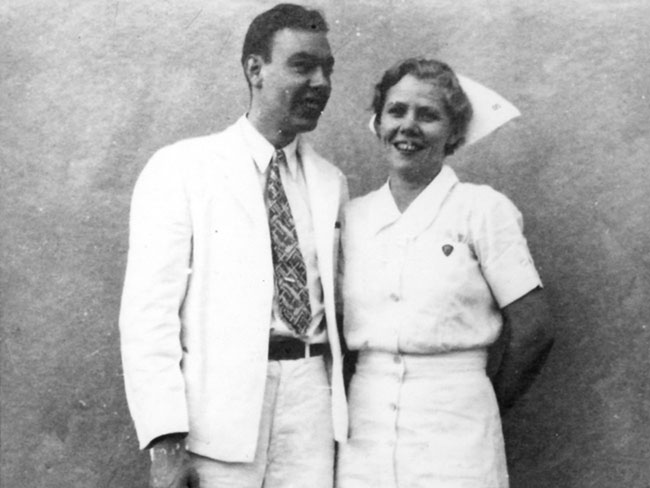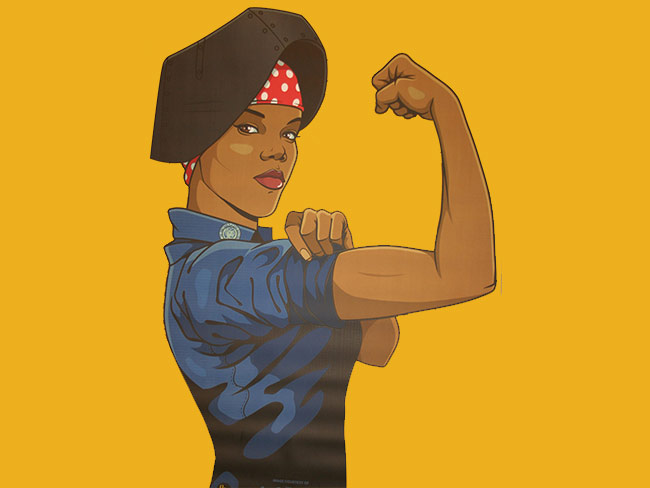Henry Kaiser’s escort carriers and the Battle of Leyte Gulf
USS Liscome Bay, underway with complement of aircraft, early 1943.
News item, March 4, 2015:
“The World War II-era Japanese battleship Musashi was sunk by U.S. warplanes on Oct. 24, 1944, during the Battle of Leyte Gulf, one of the war's largest naval battles. Despite numerous eyewitness accounts at the time, the location of the wreckage was never known. Until now.”
Although Henry J. Kaiser’s main contribution to the Allied victory in World War II was his Liberty and Victory-class merchant ships for the United States Maritime Commission, he also produced some fighting ships for the United States Navy. These included LSTs (“Landing Ship, Tank”) and T-2 tankers for carrying fuel. But his biggest naval contribution was his small but mighty fleet of Casablanca-class CVEs — the Escort Aircraft Carrier, or Escort Carrier. They were instrumental in the Allied victory during the decisive Battle of Leyte Gulf in the Philippine Islands, October 23–26, 1944.
Escort Carriers were a new class of ships during the early years of the war. As early as December 1940, Rear Admiral William F. "Bull" Halsey, Jr., the U.S. Fleet’s commander of the Aircraft, Battle Force, sent a letter to the Chief of Naval Operations expressing his concern that the entry of the United States into the European war would require all six of the Fleet’s aircraft carriers to be deployed immediately. More ships would be needed, and fast.
CVEs were a compromise design, built using a modified merchant ship hull, and were typically half the length and a third the displacement of the full-sized “fleet” carriers. On the negative side, they were lightly armed and armored, they were slow, and they had limited carrying capacity (24–36 aircraft, depending on size, rather than a fleet aircraft carrier’s 80–90 planes). On the plus side, Escort Carriers were cheap and quick to build; a fleet aircraft carrier could take two to three years from keel-laying to launch.
The Seattle-Tacoma Shipbuilding Company built several Bogue-class CVEs intended for service with the U.S. Navy and the Royal Navy. Our British allies had pioneered the smaller carriers in their fight against predatory German U-boats which were terrorizing shipping in the Atlantic. But when Henry J. Kaiser first proposed building these ships it did not go over well. On June 2, 1942, he pitched the idea to the Navy “brass” and was voted down 16 to 0 because the ships weren’t seen as fight-worthy enough and there were concerns about their production limiting Kaiser’s needed cargo ship output.
But a chance encounter with a friend of the Kaiser Company’s vice president — who happened to have close connections to President Roosevelt — led to a meeting the next morning with FDR and several admirals. Henry Kaiser won them over and was awarded a contract for 50 ships.
The Kaiser shipyards at Vancouver, Wash., quickly turned out hull numbers 55 through 104. 151 aircraft carriers were built in the U.S. during World War II; 122 of them were Escort Carriers.
The ships were derisively called “Jeep Carriers,” “Kaiser’s Coffins,” and “Baby Flattops.” CVE was sarcastically said to stand for “Combustible, Vulnerable, and Expendable,” but they played a valiant and now legendary role in a significant battle during the liberation of the Philippines. The island of Leyte was defended by 20,000 Japanese troops, and when Allied forces sought to retake it the Imperial Japanese Navy responded with massive force to pound the landing troops. What ensued was a high-stakes battle of epic proportions.
The Battle off Samar, one of the three naval engagements that comprised the Battle of Leyte Gulf on October 25, 1944, was an especially bad day for Escort Carriers.
The night before, the Third Fleet’s Admiral “Bull” Halsey took the fleet aircraft carrier group north in an effort to chase down the main Japanese fleet. That left task unit “Taffy 3” (six escort carriers, three destroyers, and four destroyer escorts) under the command of Rear Admiral Clifton Sprague to guard the area around Samar Island against the battered but still dangerous Japanese “Center Force.” When spotter planes saw a large Japanese force approaching at dawn, Sprague ordered “Taffy 3” to fight with everything it had.
Even though greatly outnumbered and outgunned, “Taffy 3” — aided by airplanes of “Taffy 1″ and “Taffy 2” — stopped the powerful Japanese Center Force and inflicted significant losses.
When she slid below the waves at 09:07, the USS Gambier Bay became the only American aircraft carrier sunk by enemy gunfire during World War II. Another Casablanca-class ship was the USS St. Lo bears the tragic honor of being the first major warship to be sunk as the result of a Kamikaze attack.
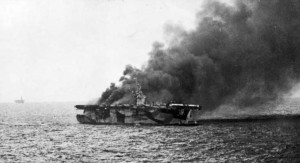
USS St. Lo burns after being hit by a Kamikaze plane, October 25, 1944. Photo taken from USS Kalinin Bay, courtesy NARA
Participating in the grueling five-day battle were 18 Escort Carriers, 14 of them built in the Kaiser shipyards. Five CVEs were sunk, two of them Kaiser-built ships.1 Of the 13 U.S. aircraft carriers of all types lost during World War II, seven were escort carriers, six of which were of the Kaiser-built Casablanca class. The two Casablanca-class ships sunk elsewhere than Leyte were CVE-56 Liscome Bay (torpedoed by a Japanese submarine during the invasion of the Gilbert Islands, Nov. 24, 1943) and CVE-95 Bismarck Sea (sunk by a Kamikaze plane at Iwo Jima, Feb. 21, 1945).2
No CVEs were involved in the sinking of the Musashi — she was sunk on Oct. 24, 1944, by multiple waves of aircraft from the fleet carriers Intrepid, Essex, Lexington, Enterprise, Cabot, and Franklin. Microsoft co-founder and philanthropist Paul Allen’s recent discovery of her broken hull nearly 4,000 feet deep now offers more vital clues into her sinking.
In a testament to the valuable role of Kaiser’s Escort Carriers, Ernest J. King, Fleet Admiral of the U.S. Navy, wrote to Henry J. Kaiser on February 24, 1945:
Dear Mr. Kaiser:
Thanks for your note of February 17th. Needless to say, I am as pleased as you are by the fine battle performance of the escort carriers.
Mere “Jeep Carriers,” indeed.

U.S. Silver and Bronze Stars awarded D.R. “Bob” Robinson for bravery during the Battle of Ormoc Bay, 1944
A personal note. My father-in-law, Dunlap Roberts “Bob” Robinson, was the Executive Officer on the destroyer USS Caldwell (DD-605) that was hit by a Kamikaze plane and two bombs during the Battle of Ormoc Bay, a late chapter in the Battle of Leyte Gulf. The attack killed 38 sailors and wounded another 40, including the ship’s Commander, George Wendelburg. On December 15, 1944, Robinson summarized the events and lessons learned in his formal “Report of Action with the Enemy, Ormoc Bay, Philippine Islands, December 11–12, 1944.” He concluded with these words:
"As has consistently been true throughout the service, the personal sacrifices made and the extreme bravery shown in the face of death is beyond belief or expression. Several men manned and fired machine guns until actually struck down by the plane. Others dashed into the blazing hell that was once No. 2 Handling Room and in the face of burning phosphorus extricated the dead and wounded. Several persons were throwing overboard unexploded WP [white phosphorus] shells all during the fire in spite of the fact that they were badly burned by phosphorus ... The thing that was most gratifying was the coolness with which all hands met the emergency. There was no shouting, no flinching, things were accomplished smoothly and rapidly. I know I shall never meet a braver, more capable, gang of men."
Executive Officer Robinson relieved the commander and guided the severely damaged ship to safety, becoming the youngest Commanding Officer of a U.S. destroyer during World War II, and was awarded the Bronze and Silver Stars for his heroism. He was 27 years old.
Home front.
War front.
One front.
Escort Carriers sunk during World War II
- Escort Carriers built at Kaiser Shipyards, Vancouver, WA
- USS Liscome Bay (CVE-56) [Gilbert Islands]
- USS Manila Bay (CVE-61) [Taffy 2]
- USS Natoma Bay (CVE-62) [Taffy 2]
- USS St. Lo (CVE-63), sunk by Kamikaze plane [Taffy 3] (sunk during Battle of Leyte Gulf)
- USS Kitkun Bay (CVE-71), hit but not sunk by Kamikaze plane [Taffy 3]
- USS Gambier Bay (CVE-73), sunk by naval gunfire [Taffy 3] (sunk during Battle of Leyte Gulf)
- USS Kadashan Bay (CVE-76) [Taffy 2]
- USS Marcus Island (CVE-77) [Taffy 2]
- USS Savo Island (CVE-78) [Taffy 2]
- USS Ommaney Bay (CVE-79) [Taffy 2]
- USS Petrof Bay (CVE-80) [Taffy 1]
- USS Saginaw Bay (CVE-82) [Taffy 1]
Escort Carriers built at other shipyards
- USS Sangamon (CVE-26, Federal Shipbuilding and Drydock Co, NJ.) [Taffy 1]
- USS Suwannee (CVE-27, Federal Shipbuilding and Drydock Co, NJ.) [Taffy 1]
- USS Chenango (CVE-28, Sun Shipbuilding and Drydock Co, PA) [Taffy 1]
- USS Santee (CVE-29, Sun Shipbuilding and Drydock Co, PA) [Taffy 1]
1 Kamikaze Attacks of WWII, by Robin L. Rielly, McFarland Publishers, 2012.
- This source incorrectly lists these ships as having been sunk:
- USS White Plains (CVE-66), sunk by Kamikaze plane and naval gunfire [Taffy 3]
- USS Kalinin Bay (CVE-68), sunk by Kamikaze plane and naval gunfire [Taffy 3]
- USS Fanshaw Bay (CVE-70), sunk by naval gunfire [Taffy 3]
2 Fleet aircraft carriers lost during the war were USS Lexington (CV-2), USS Yorktown (CV-5), USS Wasp (CV-7), USS Hornet (CV-8), and USS Princeton (CVL-23, a light aircraft carrier, sunk at Leyte Gulf).




























































